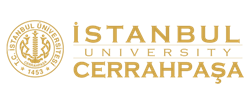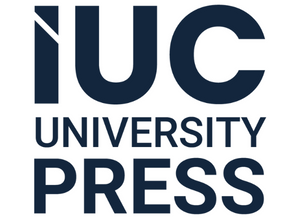Objective: Artificial intelligence (AI) technology advancements are poised to bring significant changes to the healthcare field. As the adoption of AI systems in healthcare continues to grow, there is an increasing need to equip future healthcare professionals with the necessary knowledge and skills to work effectively with these technologies. This study explores the level of anxiety related to AI and examines the factors influencing this anxiety among university students enrolled in health sciences programs.
Methods: This cross-sectional study was descriptive and correlational. The study was carried out with 450 students at the İstanbul Gedik University, Faculty of Health Sciences (Department of Nursing, Physiotherapy and Rehabilitation, Child Development, Nutrition and Diet, Occupational Health and Safety). A descriptive questionnaire and an AI anxiety scale were used to obtain the research data, which were analyzed using numerical data, descriptive statistics, analysis of variance, independent groups t-test, and post-hoc analysis.
Results: The mean total score on the Artificial Intelligence Anxiety Scale (AIAS) was 109.642 ± 30.452 (min=42;max=147). Among the sub-dimensions of the AIAS, the mean of the Learning sub-dimension was 41.096 ± 12.083 (min=16; max=56), the mean of the Job Change sub-dimension was 31.118 ± 9.022 (min=12; max=42), the mean of the Sociotechnical Blindness sub-dimension was 21.558 ± 5.892 (min=8; max=28), and the mean of the AI Configuration sub-dimension was 15.871 ± 4.831 (min=6; max=21).
Conclusion: According to this study, students from the Faculty of Health Sciences had a high level of AI anxiety. Significant differences were found between students’ AI anxiety levels according to gender, their thoughts about AI, their trust in AI-based devices, their desire to change their profession because of AI, and their use of AI in patient care.
Cite this article as: Çoban N, Kar D, Berk ŞN. Artificial intelligence anxiety levels of faculty of health sciences students and affecting factors. Arch Health Sci Res. 2025; 12, 0147, doi: 10.5152/ArcHealthSciRes.2025.24147.


.jpg)


